Agra, the city that encapsulates the essence of Mughal grandeur, stands as a living testament to India’s rich historical heritage. Nestled on the banks of the Yamuna River in the northern state of Uttar Pradesh, Agra is a treasure trove of architectural wonders, each narrating tales of love, power, and artistic brilliance. In this unique 1200-word blog, we embark on a captivating journey through Agra’s historical places, unraveling the mystique of the Mughal era.
Contents
Taj Mahal

The Taj Mahal, often hailed as the “Crown of Palaces” or the “Symbol of Love,” is a timeless monument that stands on the banks of the Yamuna River in Agra, India. Its history is steeped in romance, tragedy, and architectural brilliance.
No exploration of Agra’s historical marvels is complete without delving into the iconic Taj Mahal. Commissioned by Emperor Shah Jahan in memory of his beloved wife Mumtaz Mahal, this sublime mausoleum is a paragon of Mughal architecture and eternal love. The gleaming white marble structure, adorned with intricate carvings and inlaid gemstones, stands as a symphony of symmetry. As the sun casts its golden hues upon the Taj during sunrise or sunset, the ethereal beauty of this UNESCO World Heritage site is truly unrivaled.
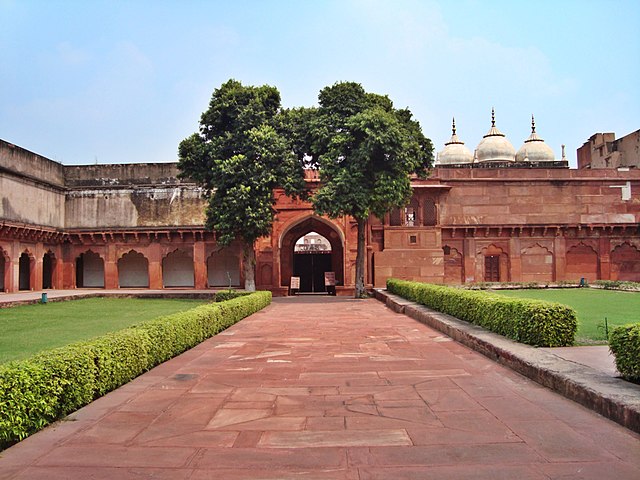
Adjacent to the Taj Mahal lies the Agra Fort, a colossal fortress that has witnessed centuries of history unfold within its red sandstone walls. Originally built by Emperor Akbar, the fort underwent expansions by subsequent rulers, including Shah Jahan, who was later imprisoned here by his son Aurangzeb. The Diwan-i-Am (Hall of Public Audience) and Diwan-i-Khas (Hall of Private Audience) within the fort exemplify Mughal architectural brilliance, with ornate pillars and intricately designed chambers.
Fatehpur Sikri
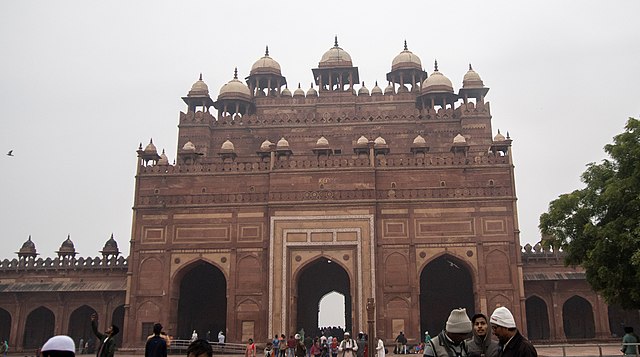
A short journey from Agra takes us to Fatehpur Sikri, a city frozen in time. Commissioned by Akbar as the Mughal capital, Fatehpur Sikri boasts stunning architectural marvels such as the Buland Darwaza, the Jama Masjid, and the Panch Mahal. The city, however, was abandoned due to water scarcity, leaving behind a hauntingly beautiful ensemble of red sandstone structures that transport visitors to the grandeur of the Mughal era.
Itimad-ud-Daulah’s Tomb
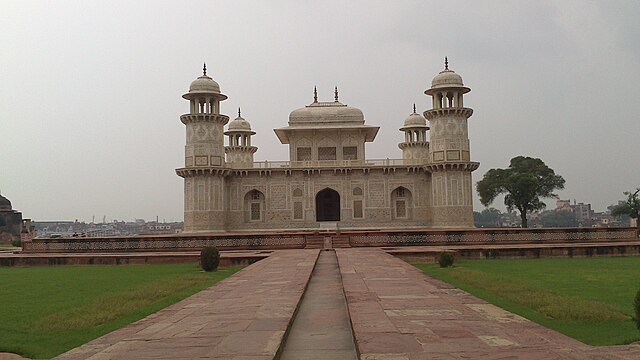
Often referred to as the “Baby Taj,” Itimad-ud-Daulah’s Tomb preludes the grandeur of the Taj Mahal. Commissioned by Nur Jahan, the wife of Jahangir, in memory of her father, this exquisite tomb is a masterpiece of Persian-inspired architecture. The delicate marble inlay work, intricate lattice screens, and the surrounding gardens make it a hidden gem that captivates with its timeless beauty.
Mehtab Bagh
On the opposite bank of the Yamuna River from the Taj Mahal lies Mehtab Bagh, a meticulously planned garden offering stunning views of the iconic mausoleum. Believed to have been designed by Shah Jahan, this garden provides a tranquil setting to admire the Taj Mahal during different times of the day. The reflection of the Taj in the Yamuna’s waters adds an extra layer of charm to this lesser-explored historical site.
Chini Ka Rauza

Tucked away along the Yamuna’s banks, Chini Ka Rauza is a lesser-known gem that showcases Persian influences on Mughal architecture. Built as a mausoleum for the Persian poet and scholar Allama Afzal Khan Mullah, it is adorned with stunning ceramic tilework, making it a unique and visually captivating historical site in Agra.
Jahangir Mahal

Nestled within the Agra Fort, Jahangir Mahal is a splendid palace that served as the primary residence for Emperor Jahangir. The palace’s design, blending Hindu and Central Asian architectural elements, reflects the syncretic ethos of the Mughal era. Its intricately carved brackets, ornate balconies, and spacious courtyards transport visitors to an era of regal extravagance.
Mariam’s Tomb
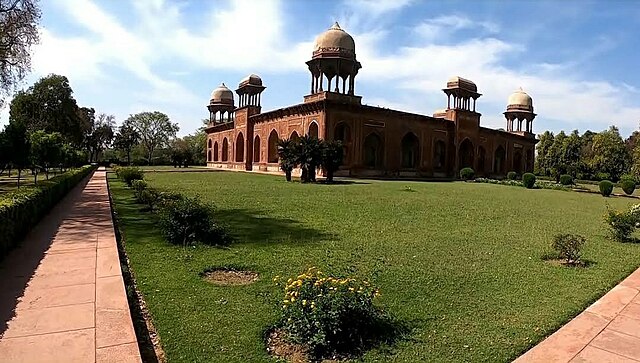
Away from the bustling tourist circuits, Mariam’s Tomb is a serene retreat located within the vicinity of the Agra Fort. Built in memory of Mariam, the wife of Mughal Emperor Akbar, the tomb’s simple yet elegant structure and tranquil surroundings make it a hidden historical gem.
Best Time To to Visit Agra
The best time to visit Agra largely depends on the weather and climatic conditions, as well as personal preferences for outdoor activities. Generally, Agra experiences three primary seasons: summer, monsoon, and winter.
October to March are the most favorable for visiting Agra, offering comfortable temperatures and clear skies. However, if you enjoy the lushness of monsoon or don’t mind the heat, you might find the other seasons appealing for unique experiences. Remember to check the weather forecast before planning your trip and consider your tolerance for different climatic conditions.

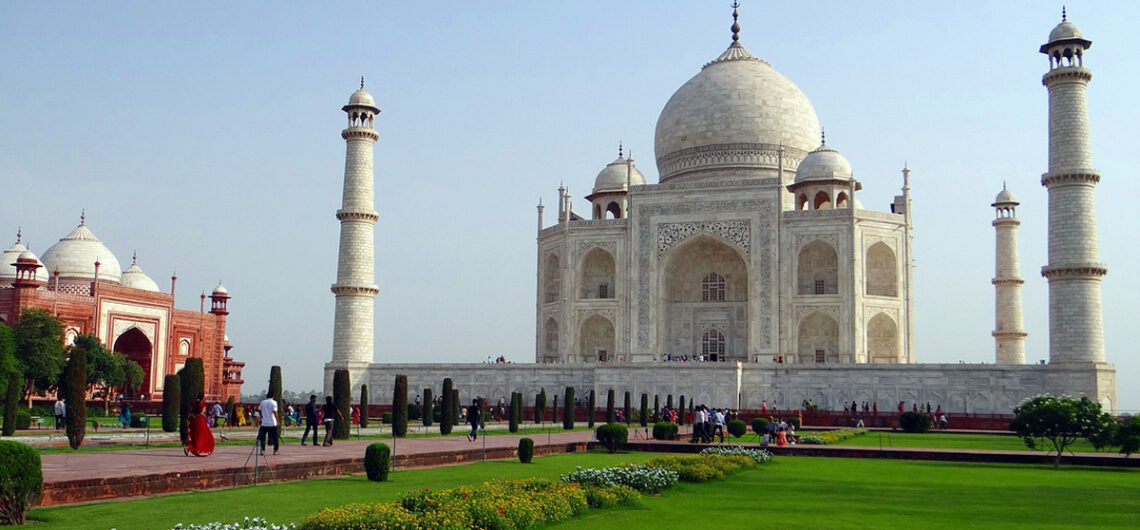

Comments